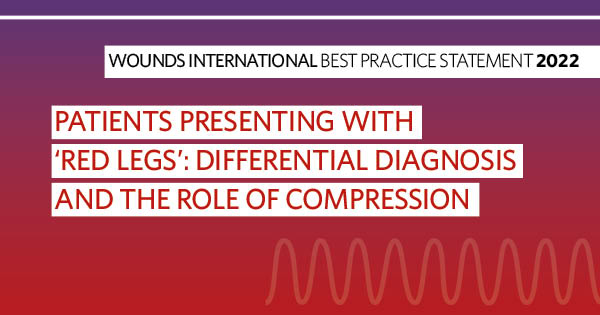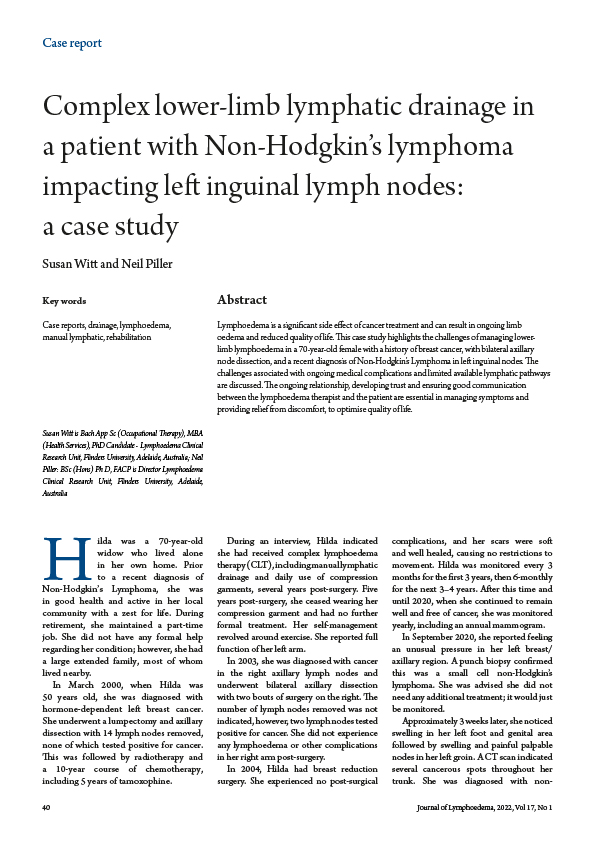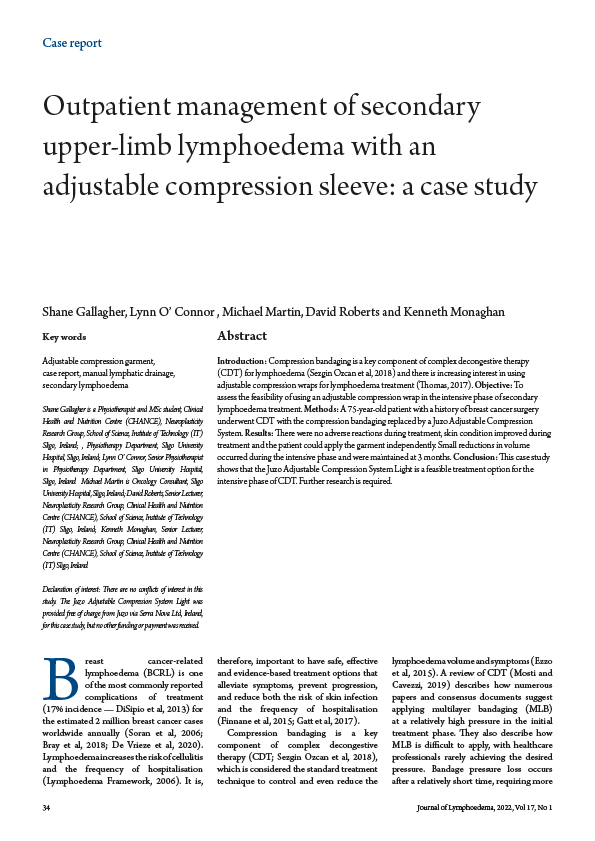<p>Lipoedema is a condition characterised by abnormal, symmetrical fat deposits in the legs, resulting in a disproportion between a smaller upper body and a larger lower body. Since its first use, the term “lipoedema” devised by Allen and Hines (1940) has been broadened to incorporate patterns of limb adiposity differing from the original pattern, which described involvement of the entirety of the lower limbs except the feet. Obesity co-exists with lipoedema in 50% of women who attend lymphoedema clinics. In the original description of lipoedema, there were anecdotal accounts of dieting not reducing the enlarged lower limbs. The authors report a case of lipoedema plus obesity, which highlights significant reduction in lower limb girth with weight loss. There are gaps in our knowledge regarding lipoedema management due to a lack of assessment for the impact of variable elements of the lipoedema phenotype, such as obesity, venous disease, lymphatic insufficiency, and skin laxity, which each have an impact on patient outcomes. The case study presented in this article shows that, by addressing generalised obesity, leg size in the person with lipoedema can be reduced.</p>





